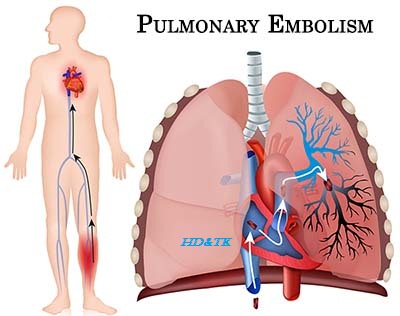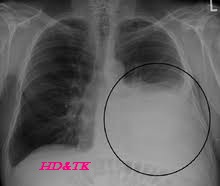Gallstones (Cholelithiasis)
Gallstones are solid pieces of material
that form in the gallbladder, which is the sac located on the under surface of
the liver in the upper right-hand portion of the stomach cavity. The
gallbladder aids in digestion by storing bile, which is produced and secreted
continuously by the liver. After a meal, the gallbladder contracts and sends
the stored bile into the intestine. When digestion of the meal is over, the
gallbladder relaxes and continues to store bile.
About one million new cases of
gallstones are diagnosed every year in the United States, and an estimated one
in 10 people suffer from the condition, which is particularly common during the
mid-life years. Women tend to develop gallstones more commonly than men and at
a younger age.
Gallstones vary in size and volume, ranging
from the size of a grain of sand to the size of a plum. The gallbladder may
develop a single, often large stone or many smaller ones, even several
thousand. Gallstones occur when the gallbladder crystallizes the components of
bile it concentrates. Bile is a brown liquid containing bile salts,
cholesterol, bilirubin and lecithin. Risk factors for developing gallstones
include obesity, inherited body chemistry, body weight, sluggish gallbladder
movement, hormones and possibly diet. For instance, very low calorie, rapid
weight-loss diets and prolonged fasting, have been shown to cause gallstones.
Some proteins in bile also can promote or inhibit gallstone development.
Signs & Symptoms:
Many people do not experience any
symptoms and are said to have "silent gallstones." Often the
gallstones are found when a test is performed to evaluate some other problem.
Treatment is only recommended if a person actually experiences symptoms of the
condition.
A severe and steady pain in the upper
abdomen or right side is the most common symptom of gallstones. The pain, which
also may affect the shoulder blades or right shoulder, lasts anywhere from
several minutes to hours. In addition, you may experience sweating or vomiting.
In its more advanced and severe stages,
gallstones can cause prolonged pain and infection of the gallbladder. Stones
that have passed into the bile duct usually result in pain, fever and jaundice,
which is yellow discoloration of the eyes and skin.
Diagnosis:
Your doctor will first ask about your
medical history and perform a physical examination. In addition, he or she may
order the following tests:
Computed Tomography (CT) Scan: An X-ray
that uses a computer to provide an image of the inside of the abdomen.
Magnetic Resonance Imaging (MRI) Scan:
This test uses magnetic waves to create an image.
Treatment:
Gallstones may be treated with surgery
and medications.
Surgery
If surgery is required, the following
procedures may be used:
Cholecystectomy: Surgical removal of the
gallbladder, a procedure called cholecystectomy, is the most widely used
therapy for gallstones, although this procedure is now mostly done
laparoscopically. Though in some cases, due to infections or other surgeries,
this traditional form of cholecystectomy will be performed. Four or five days
of hospitalization are generally required for this procedure. Patients often do
well after surgery and have no difficulty with digesting food.




Comments
Post a Comment